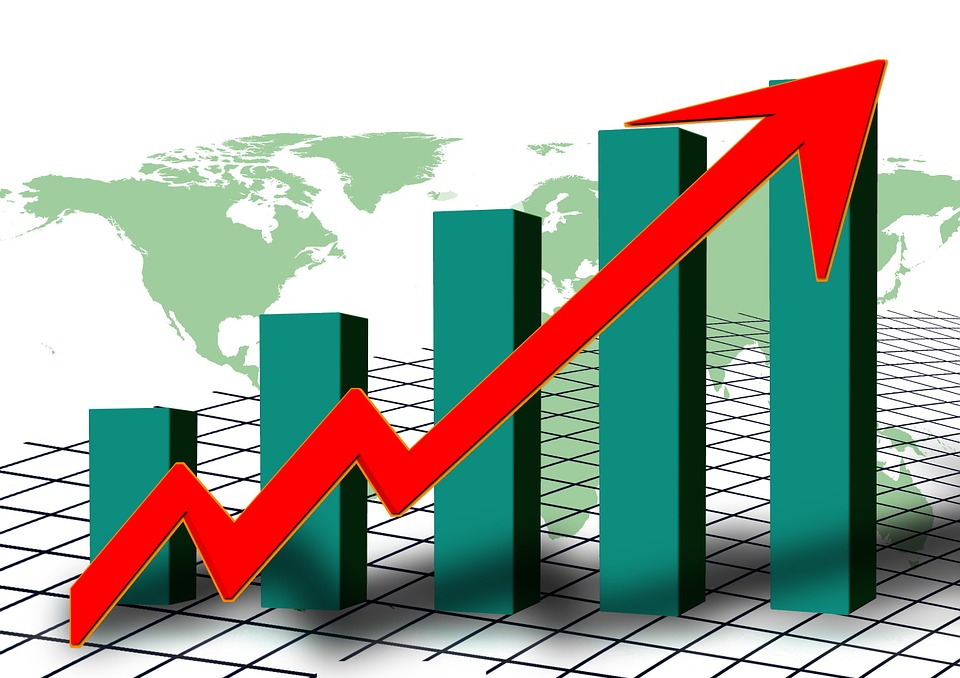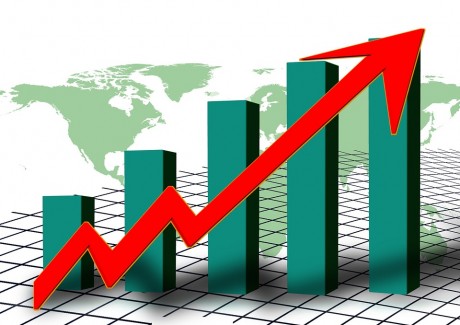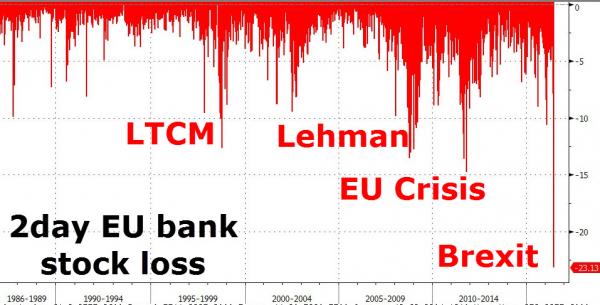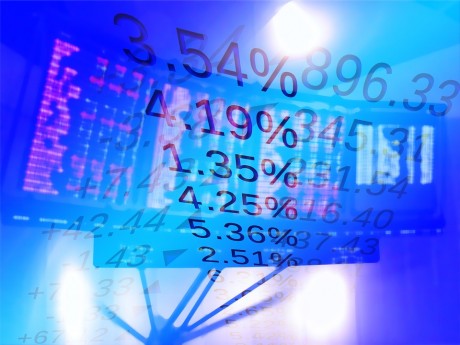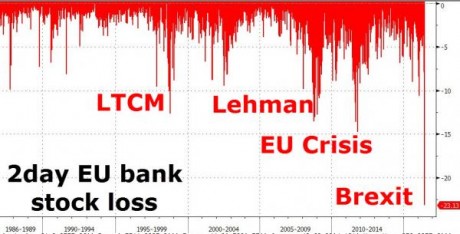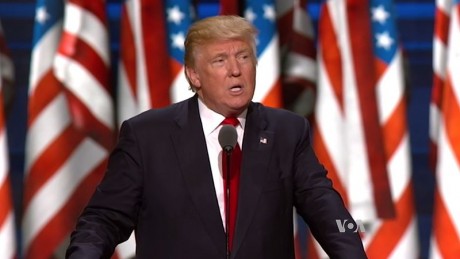 Optimism about the future of the U.S. economy has not been this strong since Barack Obama’s first presidential election victory in 2008. Donald Trump promised us an economic resurgence, and what is not to like so far? As I discussed earlier this week, stocks are soaring, businesses are already announcing that they are bringing jobs back to the United States, and the U.S. dollar has been lifted to levels that we haven’t seen in many years. Many are referring to this post-election surge as “Trumphoria”, and I think that is quite appropriate. Personally, I couldn’t imagine financial markets behaving this way if Hillary Clinton had won the election. Right now tens of millions of Americans are feeling deeply optimistic about the future for the first time in a very long time, and this is clearly reflected in the results of the most recent CNBC All-America Economic Survey…
Optimism about the future of the U.S. economy has not been this strong since Barack Obama’s first presidential election victory in 2008. Donald Trump promised us an economic resurgence, and what is not to like so far? As I discussed earlier this week, stocks are soaring, businesses are already announcing that they are bringing jobs back to the United States, and the U.S. dollar has been lifted to levels that we haven’t seen in many years. Many are referring to this post-election surge as “Trumphoria”, and I think that is quite appropriate. Personally, I couldn’t imagine financial markets behaving this way if Hillary Clinton had won the election. Right now tens of millions of Americans are feeling deeply optimistic about the future for the first time in a very long time, and this is clearly reflected in the results of the most recent CNBC All-America Economic Survey…
The CNBC All-America Economic Survey for the fourth quarter found that the percentage of Americans who believe the economy will get better in the next year jumped an unprecedented 17 points to 42 percent, compared with before the election. It’s the highest level since President Barack Obama was first elected in 2008.
The surge was powered by Republicans and independents reversing their outlooks. Republicans swung from deeply pessimistic, with just 15 percent saying the economy would improve in the next year, to strongly optimistic, with 74 percent believing in an economic upswing. Optimism among independents doubled but it fell by more than half for Democrats. Just 16 percent think the economy will improve.
It is funny how our political perspectives so greatly shape our view of the future. Because Trump won, Democrats now have an extremely dismal opinion of where the economy is heading, while Republicans suddenly believe that happy days are here again.
Of course the truth is that the president has far less power to influence the economy than the Federal Reserve does, and so most Americans greatly overestimate what a president can do to alter our economic trajectory.
But for now most Americans (excluding Democrats) are feeling really good about where things are headed. In fact, we just learned that the University of Michigan consumer confidence survey has soared to the highest level that we have seen since 2005.
And of course the financial markets continued to roll onward and upward on Friday. The Dow was up another 142 points, and it is now less than 250 points away from the magic number of 20,000.
I never thought that we would actually get to 20,000, but thanks to “Trumphoria” we may actually get there before the wheels start coming off.
This post-election run has really been unprecedented. The following comes from CNBC…
All major indexes have been hitting record highs since the election. In fact, the Dow has notched 14 record closes since then and gains in 20 of the past 24 sessions.
The Dow, S&P 500, and Nasdaq also did something they haven’t done in more than five years: all three rose each day of this trading week. The last time all three rose every day during the same trading week was September 2011.
Wouldn’t it be great if every month during Trump’s presidency was like the last 30 days?
Trump promised that we would start winning so much that we would actually start getting tired of winning, and so far we are off to a tremendous start.
As I discussed yesterday, some of the biggest winners from “Trumphoria” have been the big banks…
The shares of Wells Fargo, the most hated bank in America these days, soared 28% over the past 30 days, Citigroup 25%, JP Morgan 26%, Goldman Sachs, which is successfully placing its people inside the Trump administration, 37%.
But is this momentum in the financial markets sustainable?
Of course not.
There are signs of emerging economic trouble all around us. For instance, Sears just announced that it lost 748 million dollars last quarter and that it plans to liquidate even more stores.
How in the world do you lose three-quarters of a billion dollars in a single quarter? If you had employees in every store literally flushing dollar bills down the toilet all day I don’t think you could lose money that quickly.
And the moment that Trump takes office, he may immediately be faced with a major financial crisis in Europe which has been sparked by the meltdown of large Italian banks. The following comes from a Forbes article entitled “Italy’s Banking Crisis Is Nearly Upon Us“…
There is a high degree of probability (approaching 90%, I’d say) that Italy will experience a severe banking crisis in the next few quarters. Perhaps they can stave off the problem for a year, but something will have to be done about the banks.
Unfortunately, it looks like things are about to get very real for Italian banking giant Monte dei Paschi di Siena. According to Reuters, the European Central Bank has turned down their request for more time to raise needed capital…
The European Central Bank has rejected a request by Italy’s Monte dei Paschi di Siena (BMPS.MI) for more time to raise capital, a source said on Friday, a decision that piles pressure on the Rome government to bail out the lender.
Italy’s third-largest bank, and the world’s oldest, had asked for a three-week extension until January 20 to try to wrap up a privately funded, 5 billion euro ($5.3 billion) rescue plan in the face of fresh political uncertainty.
The ECB’s supervisory board turned down the request at a meeting on Friday on the grounds that a delay would be of little use and that it was time for Rome to step in, the source said.
But most Americans have no idea what is unfolding in Europe right now.
As Americans, we tend to be largely oblivious to what is going on in the rest of the world, and at this moment “Trumphoria” has gripped our nation.
It is certainly not wrong to celebrate the fact that we are getting Donald Trump instead of Hillary Clinton, but let us also not lose sight of the fact that we are likely to be facing some tremendous challenges very early in 2017.
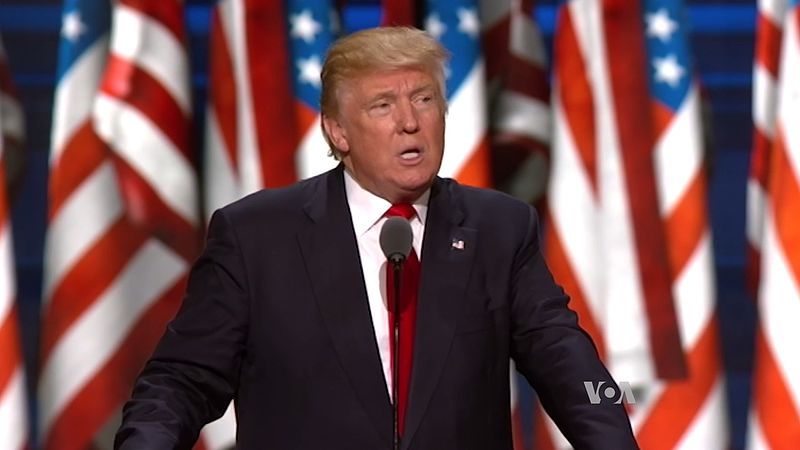
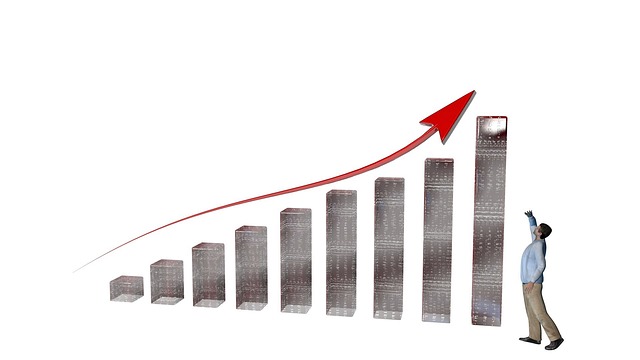

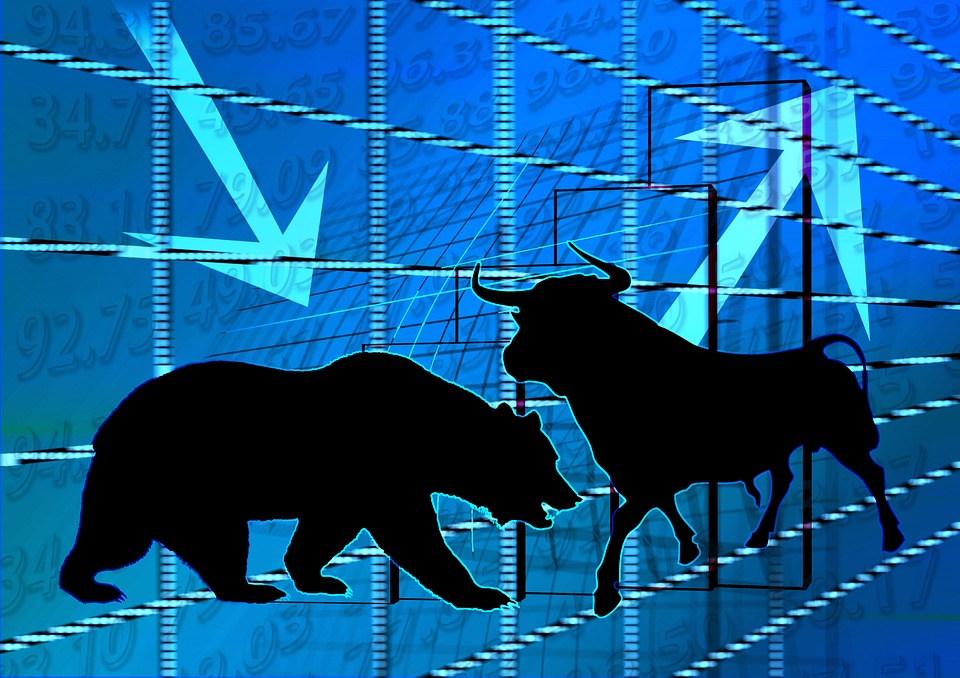
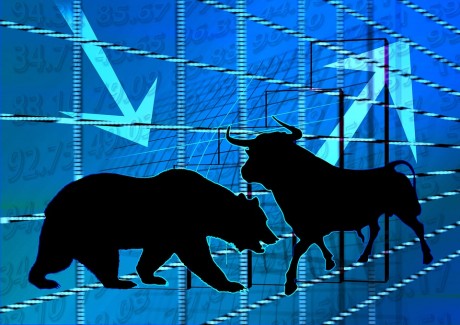
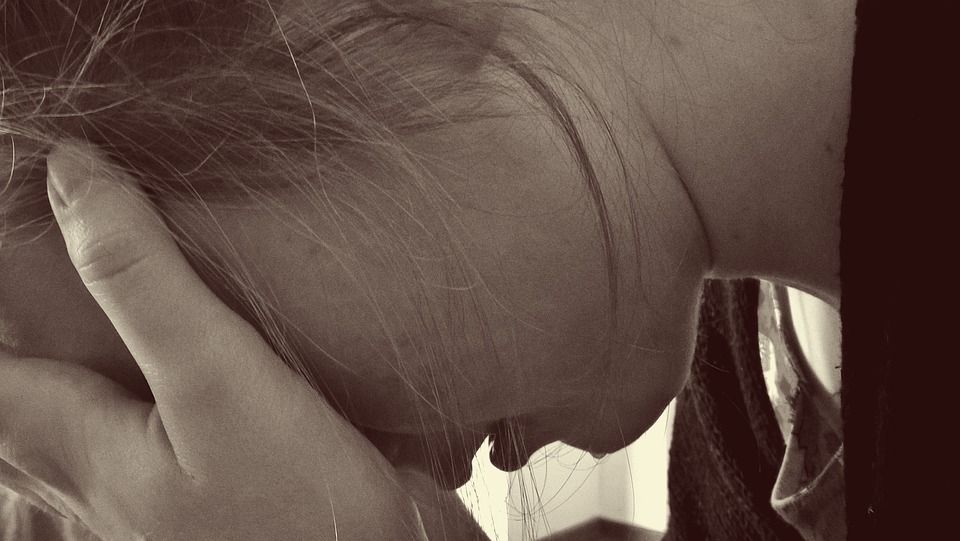


 Just like during the last economic crisis, homeless encampments are popping up all over the nation as poverty grows at a very alarming rate. According to the Department of Housing and Urban Development, more than half a million people are homeless in America right now, but that figure is increasing by the day. And it isn’t just adults that we are talking about. It has been reported that that the number of homeless children in this country has risen
Just like during the last economic crisis, homeless encampments are popping up all over the nation as poverty grows at a very alarming rate. According to the Department of Housing and Urban Development, more than half a million people are homeless in America right now, but that figure is increasing by the day. And it isn’t just adults that we are talking about. It has been reported that that the number of homeless children in this country has risen 

